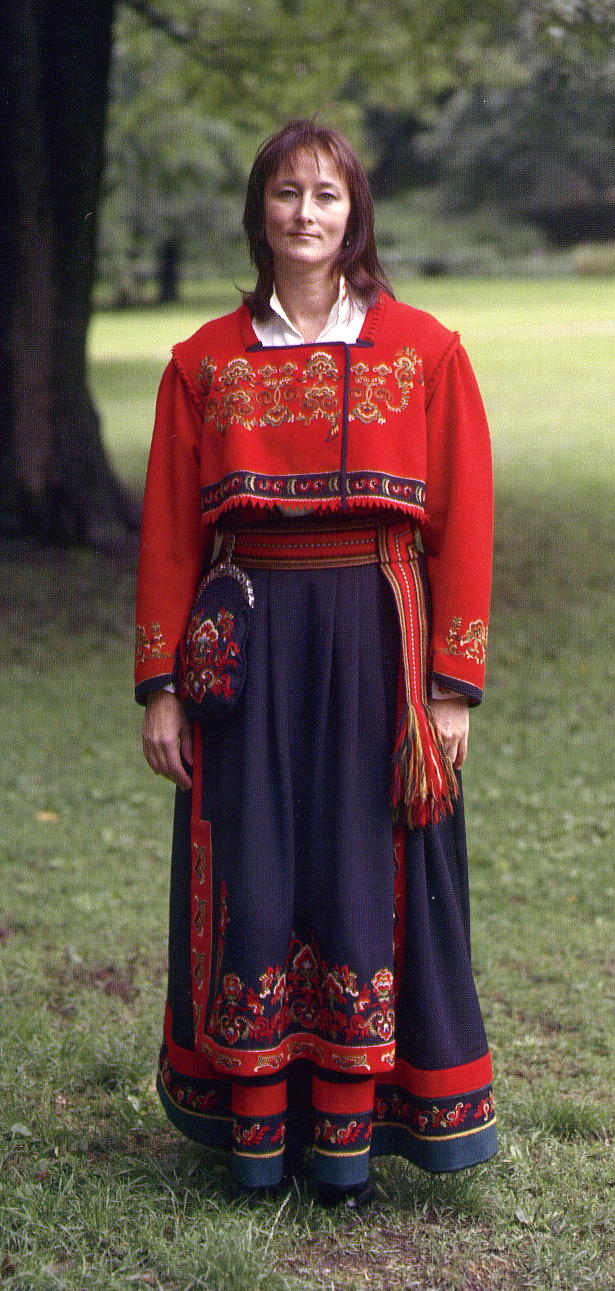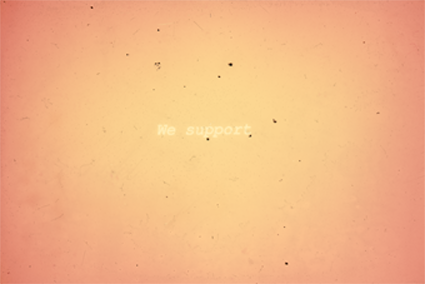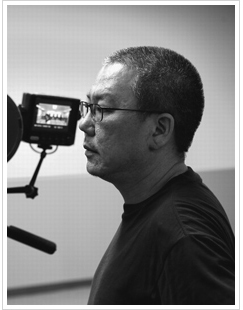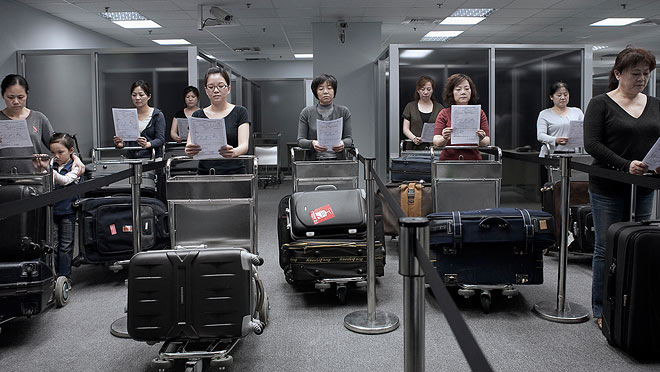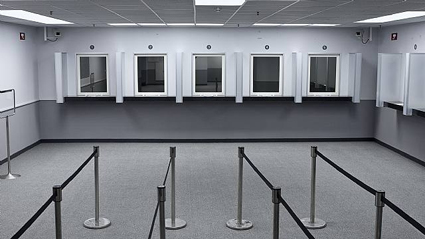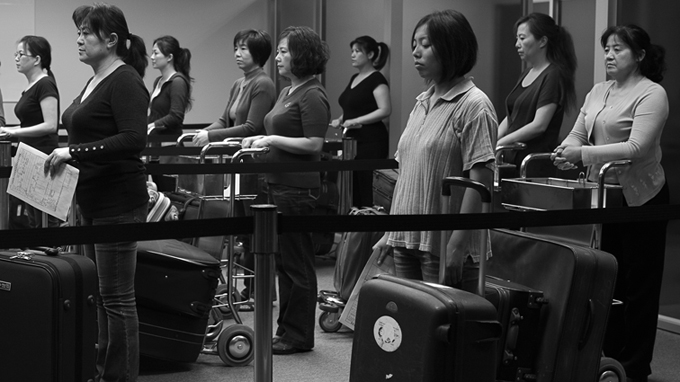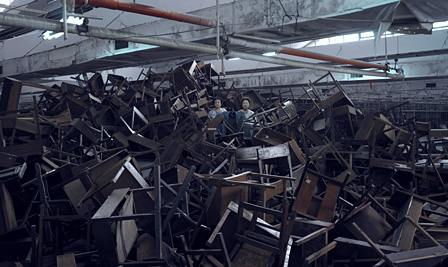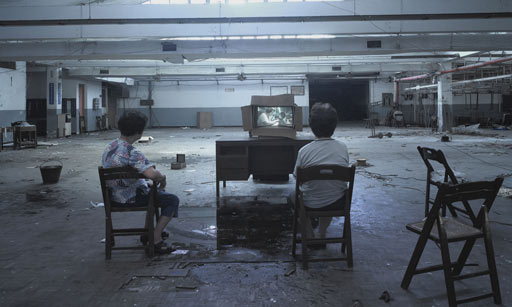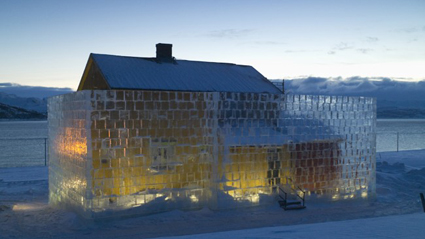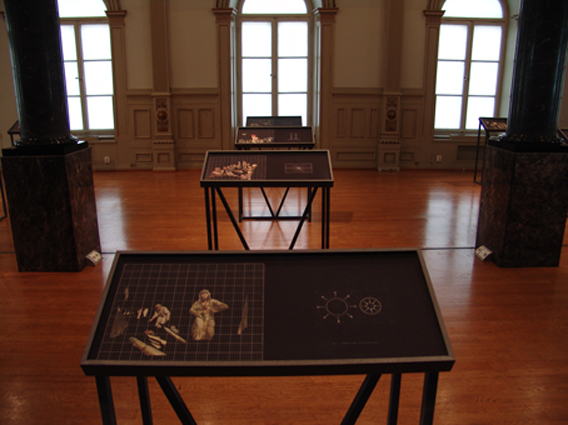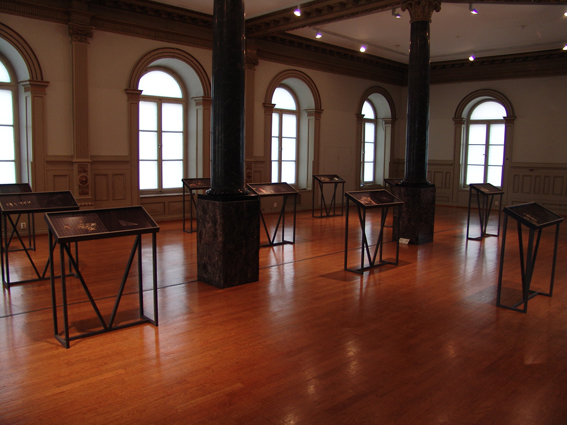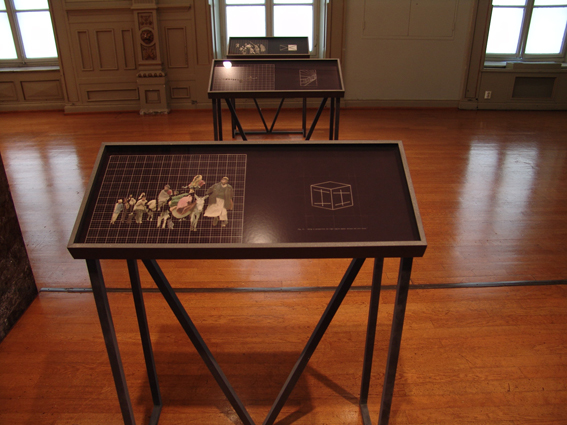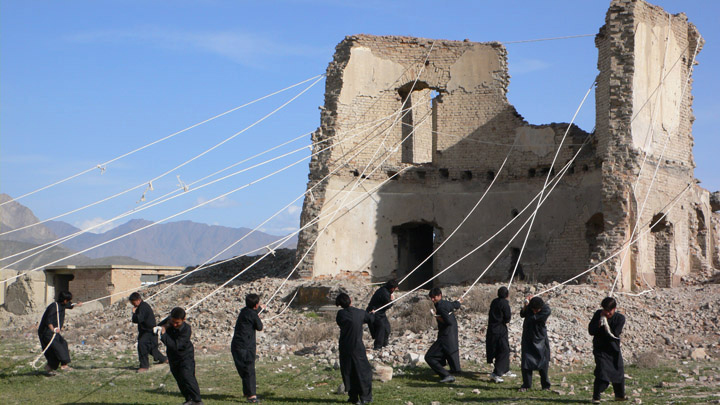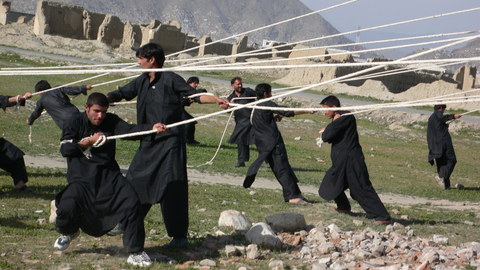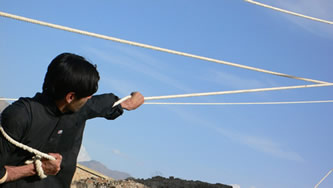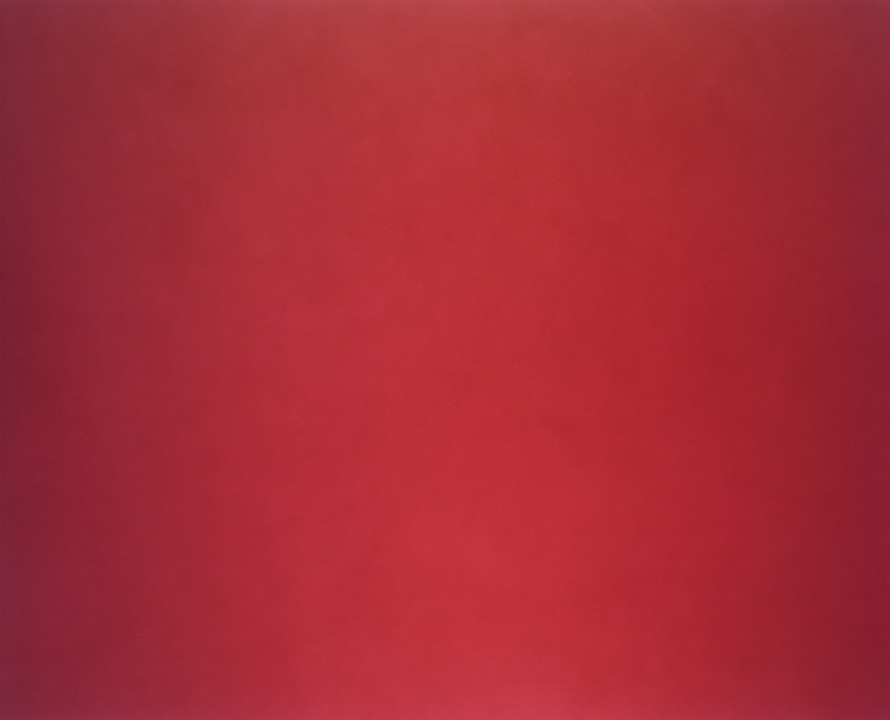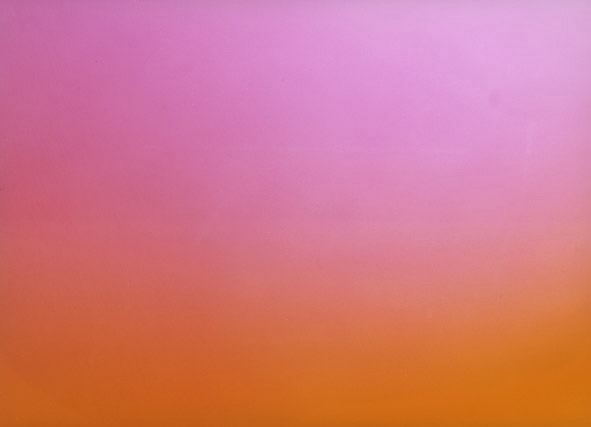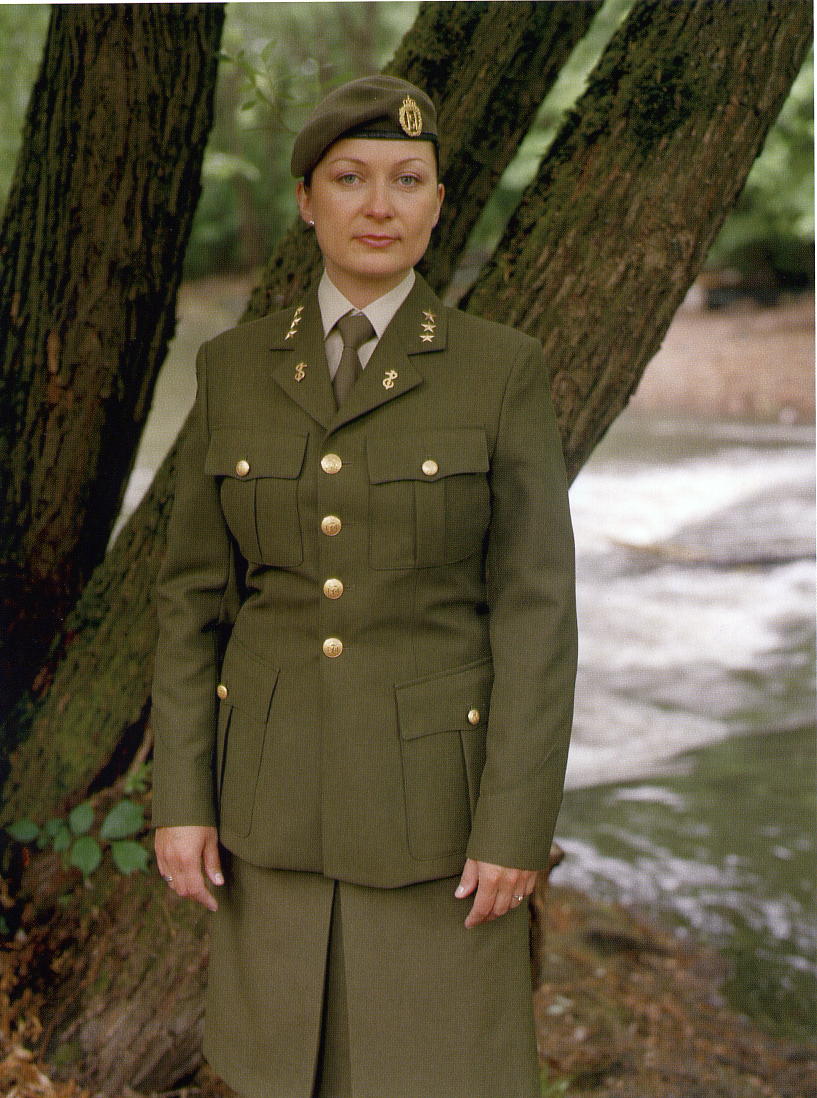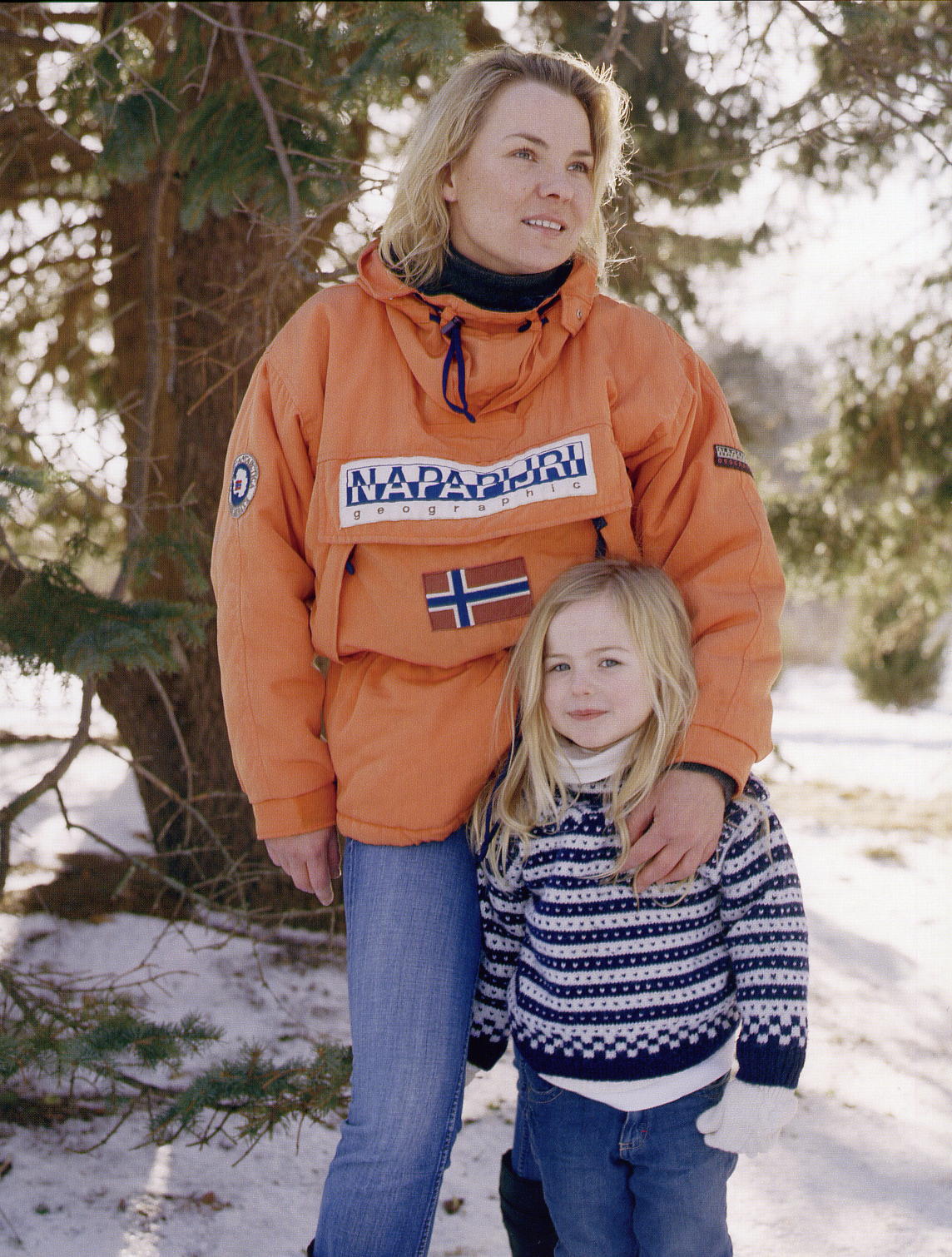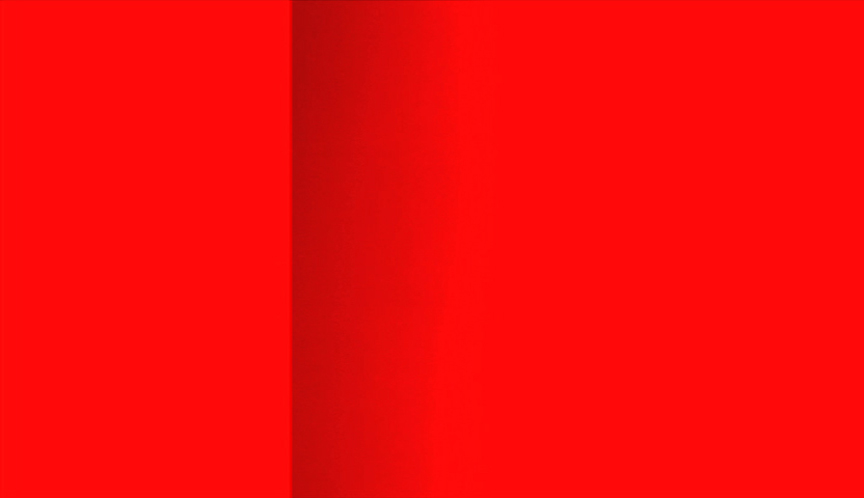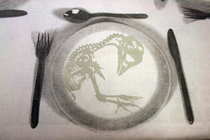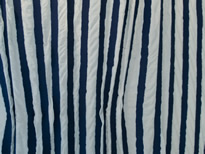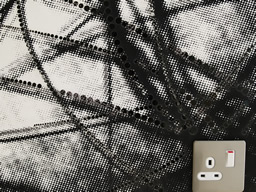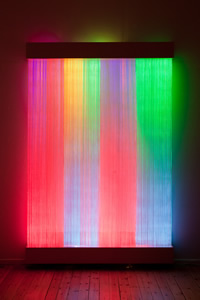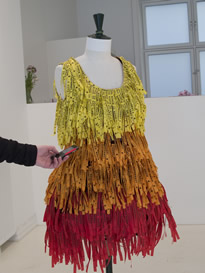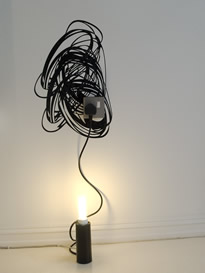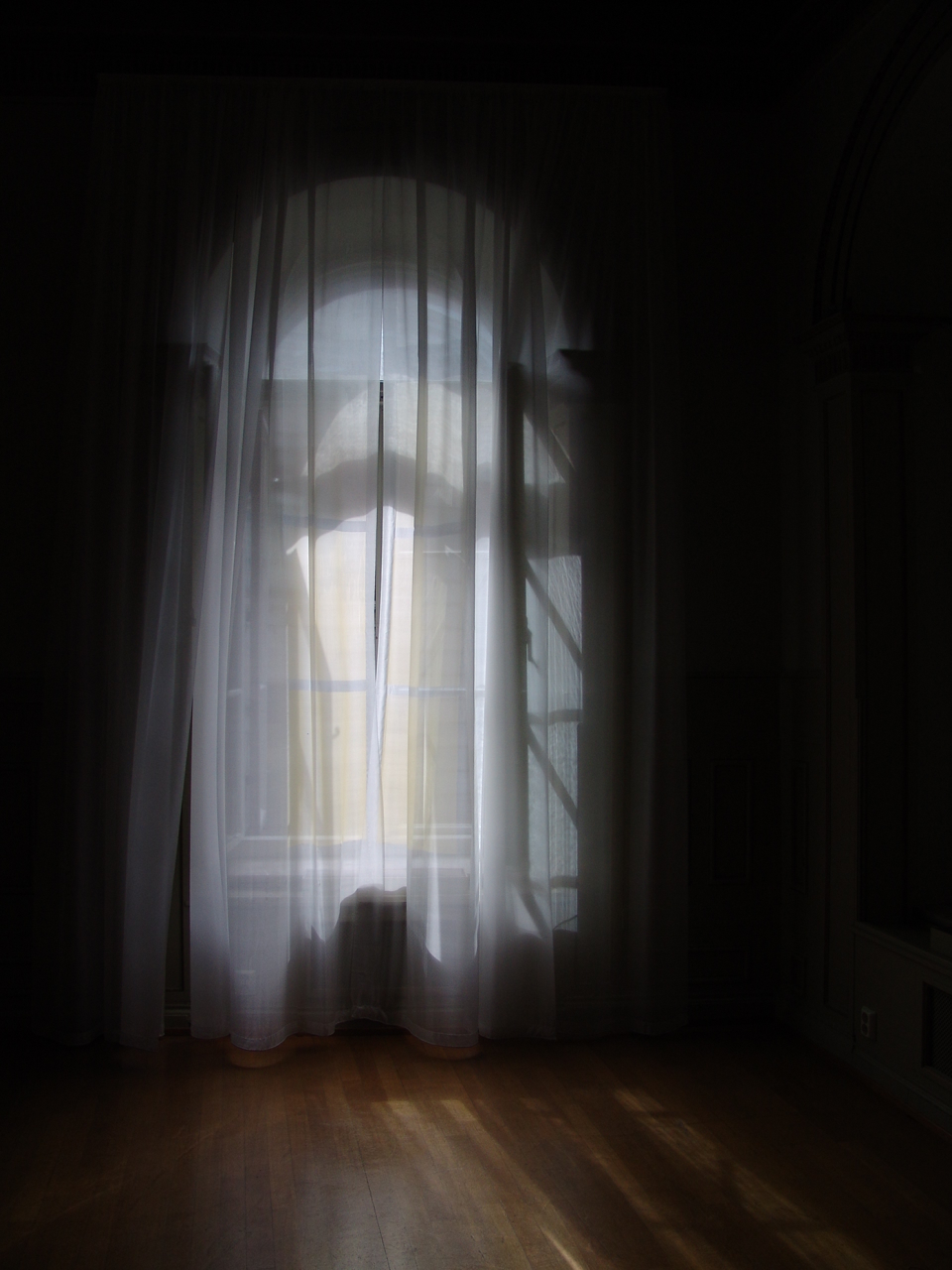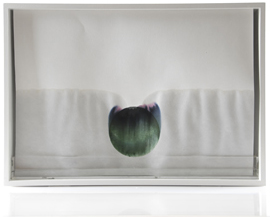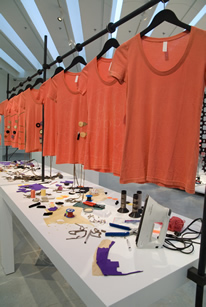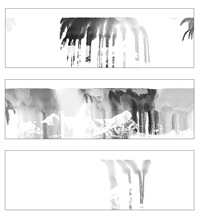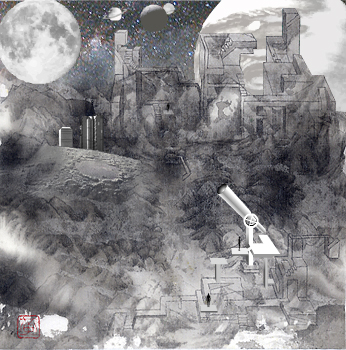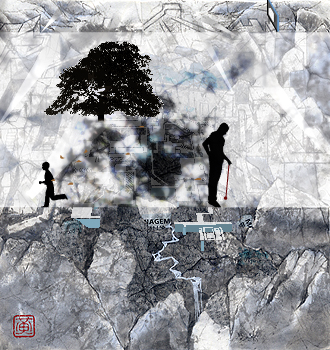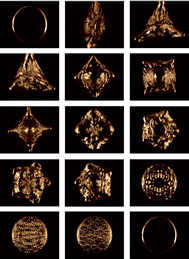Afghan artist Lida Abdul presents a consistent critique of architecture and the built environment in a body of video, film and performance works that span the last decade. Through her examination of the role of monuments and ruins in contemporary culture, Abdul provides a counter-narrative to dominant preoccupations in the politics and meaning of the built environment. Returning to Afghanistan recently after years spent in the United States and Europe (and as a refugee with no passport), Abdul’s itinerant past and present inform her perceptions of home and place.
Like some of her previous works, the video What we saw upon awakening (2006), produced by Fonds regional d’art contemporain de Lorraine, is strikingly silent. Abdul’s selective and careful use of audio creates a sense of cinematic minimalism. Beyond a minimalism in the formal sense, it is clear that Abdul’s use of silence is a deliberate conceptual strategy, an allusion to the implications and politics of speechlessness, homelessness and dispos-session.
What We Saw Upon Awakening presents a scene of perhaps a dozen young men clad in black pulling on the remains of a bombed-out structure in Kabul, the ruin a legacy of decades of war in the region. Ropes are fastened to the ruin at various points, and the men strain to pull them as if to tear down what remains of the building. The ropes create a complex and resonant image. They literally form a web, with associations of entanglement, and create a similarly biomorphic form like an octopus. Entangled in this web are memories of ruin, collapse, and history.
[Abdul] work consistently in film and video, looking at the built environment as a means to reflect on human existence. There is also a performative aspect to [her] works which questions the traditional, foundational and autonomous object. Architecture becomes a process, rather than an object, which is a sustained implication of Abdul’s work. The burying of the stone in What we saw upon awakening (in a scene we can see men placing a rock in a hole and burying it in the ground), is the burying of the static object of architecture and value in western culture. It is not a rejection of space or buildings in a simple oppositional sense; rather it connects Abdul’s work to a contemporary reading of significant “anti-architec-tural” works.
Like Abdul’s previous video works - such as White House (2005), or Untitled (Tree) (2005) - What We Saw Upon Awakening also reflects on the representation of ruin or the subsequent significance and fate of sites of catastrophe, death and memorial. The video has an ambiguous and poetic sensibility; it is not certain exactly what the goal of the men’s labours is. The images appear as if in a dream, both believable and yet unbelievable. The “pulling” could also read visually as shoring up, or maintaining a structure that is perilously destined to collapse with very little or no human intervention. It is the shell of a former structure, already half disappeared. Could these figures actually be holding up the building, against all odds? The ambiguity of their actions allows viewers to project their own meaning and understanding upon the work.
Further, in What We Saw Upon Awakening, there is this scene where the men have dug a hole in the ground. They place a rock in the hole and bury it. In Islam the body is buried directly into the earth, and this association underscores the memorial nature of the piece. As both a memory and commemoration, the stone signifies more than its literal singularity. While the stone buried naked has Islamic meaning, Abdul’s work references western cultures as well. A stone has an iconic status in western architectural culture, which Abdul sustains her critique of in these new works.
by Anthony Kiendl |
